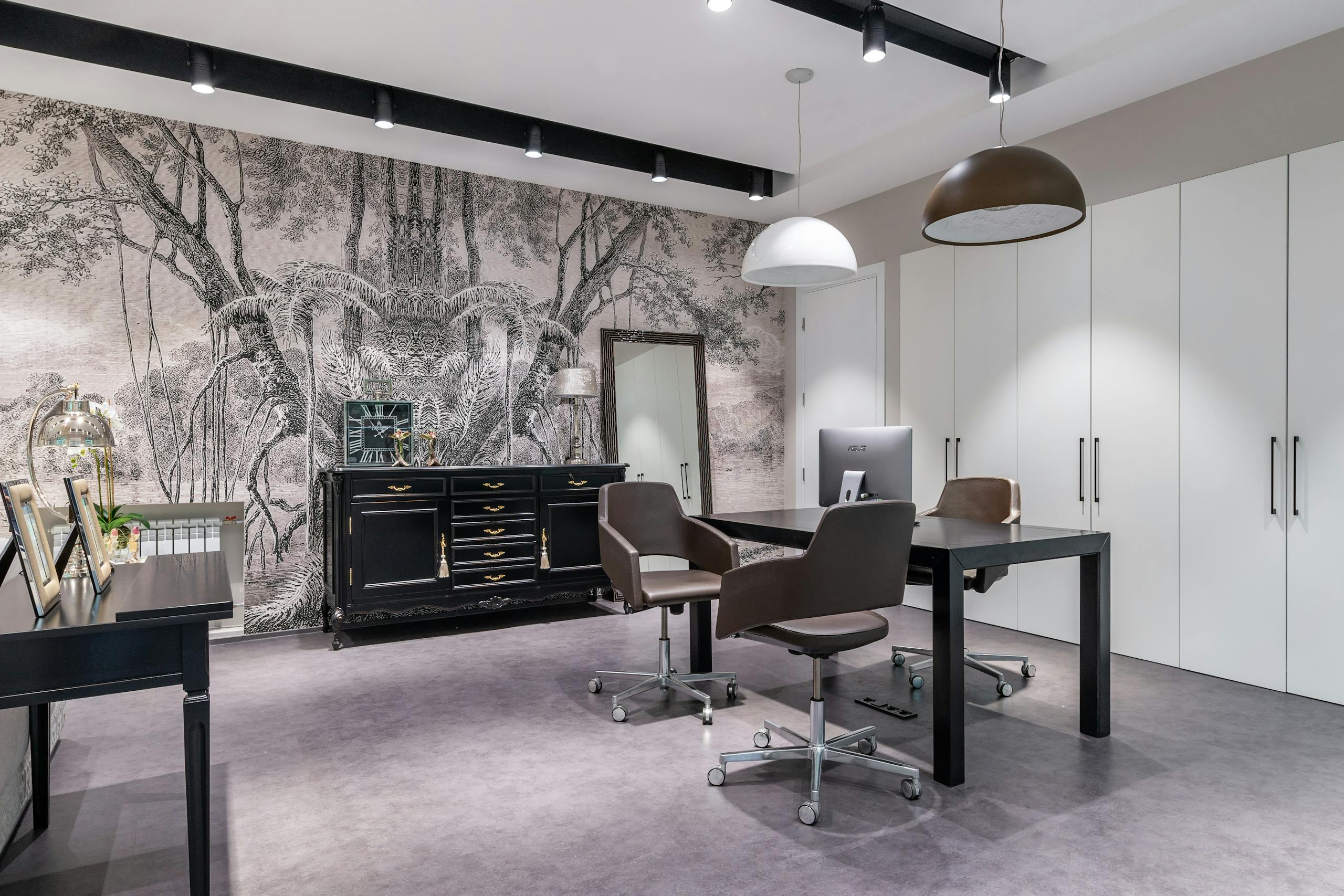7 Step Beginner’s Guide to Perfect Furniture and Lighting Arrangement 💡🪑
Creating the perfect furniture and lighting arrangement in your home can completely transform how your space looks and feels. Whether you are decorating a new home, refreshing a single room, or simply looking for ways to make your current layout more functional, the right placement of furniture and lighting is crucial. Many people underestimate the impact of lighting in home design — it’s not just about seeing clearly, but about setting the mood, highlighting your best pieces, and ensuring comfort for everyday activities.
In this beginner’s guide, we will break down the essentials of arranging your furniture for both style and practicality, and combining it with lighting solutions that enhance your space. From understanding natural light to choosing the right lamps, from positioning your sofa to optimizing workspace illumination — we’ll cover it all. By the end, you’ll have a clear, step-by-step method to design a space that’s beautiful, balanced, and inviting.
Whether you live in a compact apartment or a spacious house, these tips will help you make the most of every inch. Plus, we’ll share useful resources, including furniture inspiration from IKEA
1. Start with Measuring Your Space
Before moving a single piece of furniture, it’s essential to measure your room. Knowing your dimensions prevents overcrowding and ensures everything fits harmoniously. Measure the length, width, and ceiling height, and note down positions of windows, doors, and built-in features. Use a floor plan tool like Planner 5D to visualize different arrangements before committing to one.
This step is especially important for small rooms where every inch matters. An oversized sofa or dining table can make a room feel cramped, while pieces that are too small may look awkward and fail to fill the space properly.
2. Define the Room’s Purpose
Every room needs a clear function. Is your living room for entertaining guests, relaxing with family, or both? Your answer will determine where furniture goes and what kind of lighting you’ll need.
For example, a reading nook benefits from a floor lamp with warm light, while a home office needs bright, focused task lighting. This clarity helps you select pieces that support the room’s activities without cluttering the space. You can find more ideas for defining room functions in this Architectural Digest home guide.
3. Arrange Furniture Around Focal Points
A focal point anchors the room — it could be a fireplace, a large window, a piece of art, or even your television. Position your main seating or furniture pieces so they face or complement this feature.
In living rooms, sofas often face the focal point, with side chairs angled to encourage conversation. In bedrooms, the bed is the focal point, so arrange lighting and accessories to highlight it.
4. Layer Your Lighting
Lighting should work in layers: ambient, task, and accent. Ambient lighting is your main source — usually ceiling lights or chandeliers. Task lighting targets specific activities, like reading or cooking. Accent lighting highlights art, plants, or architectural details.
For inspiration on lighting types, check out Lighting Direct. Remember, a single ceiling light won’t make a room inviting. Combining multiple light sources creates depth and warmth.
5. Use Natural Light Wisely
Natural light is free, mood-enhancing, and can make a space feel larger. Avoid blocking windows with bulky furniture. Instead, use light curtains or blinds that let sunlight filter in. Position mirrors opposite windows to reflect daylight deeper into the room.
If your home lacks natural light, choose bulbs with a warm daylight effect and strategically place lamps to brighten darker corners.
6. Maintain Proper Traffic Flow
Furniture should never obstruct pathways. Leave at least 60–90 cm (about 2–3 feet) of walking space between pieces. This not only improves safety but also makes the room feel open and inviting.
If your space feels too cramped, consider multifunctional furniture like ottomans with storage or foldable dining tables.
7. Match Furniture and Lighting Styles
Consistency in style creates a cohesive look. If you love modern minimalism, choose sleek lighting fixtures with clean lines. For rustic or vintage styles, opt for warm-toned lamps and wooden finishes.
You can explore trending furniture styles for 2025 in House Beautiful’s style guide and adapt them to your taste.
8. Test and Adjust
Once everything is in place, live with it for a week. Notice how the light changes throughout the day and how easy it is to move around. You may need to shift a chair, add a table lamp, or swap out a lightbulb for a warmer or cooler tone.
Interior design is flexible — don’t be afraid to experiment until you achieve the perfect balance of function and beauty.
Conclusion
Arranging furniture and lighting is more than just placing items in a room — it’s about creating a harmonious environment that reflects your style and supports your lifestyle. With careful planning, layering of lighting, and a keen eye for flow, you can transform any space into a warm, functional, and beautiful haven.


